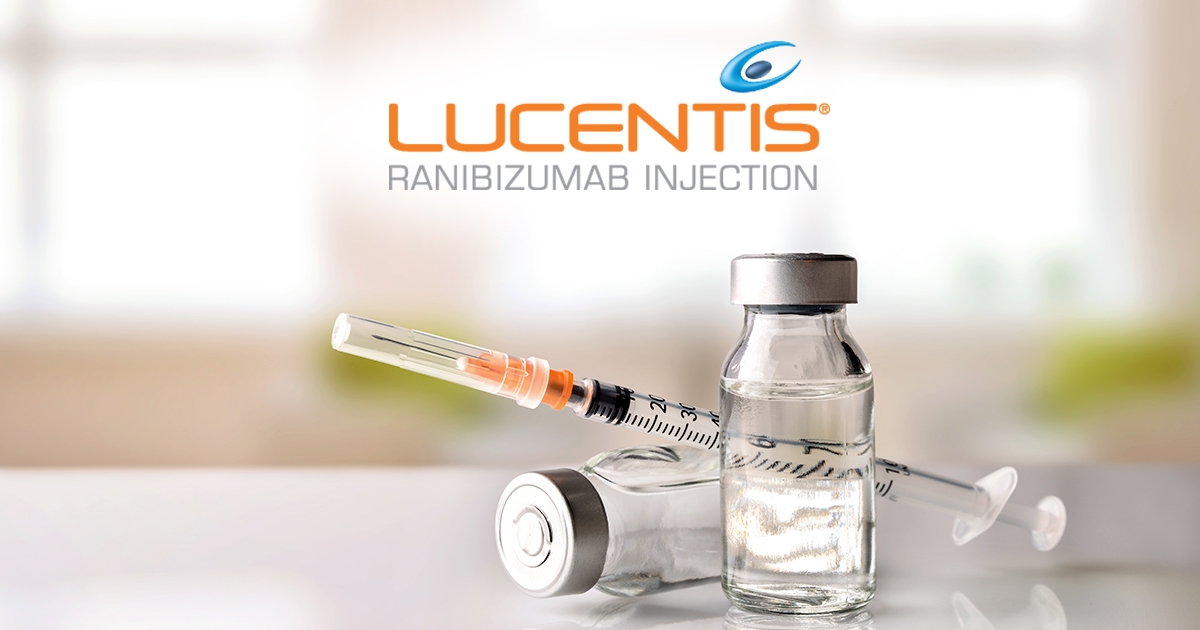Ranibizumab More Cost-Effective Than PRP

The use of ranibizumab 0.5 mg for proliferative diabetic retinopathy (PDR) compared with panretinal photocoagulation (PRP) appeared to be more cost effective for patients with both PDR and vision-impairing center-involved diabetic macular edema (DME), according to researchers with the DRCR Retina Network Protocol S.1
However, there was not the same cost effectiveness in patients who had PDR but who did not have center-involved DME.
The research provides cost-related insights for patients with DR, which is linked to the rapidly increasing number of people with diabetes. In a 2008 study, Saaddine et al. predicted that the number of adults age 40 or older with DR or vision-threatening DR would triple by the year 2050.2 Those with diabetic retinopathy are slated to increase from 5.5 million in 2005 to 16 million in 2050, and those with vision-threatening disease will jump from 1.2 million in 2005 to 3.4 million.2
The number of people living with diabetes or prediabetes was 100 million in the U.S. in 2015, according to the Centers for Disease Control and Prevention.3 The cost of diagnosed diabetes care reached $327 billion in 2017, reported the American Diabetes Association (ADA).4 Medical costs for those with diabetes was 2.3 times higher than those without the disease, according to the ADA.
Furthermore, expenditures for Medicare part B for aflibercept and ranibizumab alone reached $2.5 billion in 2013.5
More Study Details
Previously, the DRCR Retina Network Protocol reported 5-year outcomes demonstrating that ranibizumab 0.5 mg therapy versus PRP in eyes with PDR led to good visual acuity for both patient groups.6 The DRCR Retina Network Protocol S trial took place at 55 U.S. clinical sites between 2012 and 2018.
A 2-year cost-effectiveness analysis from the Protocol S data indicated that ranibizumab therapy was likely not cost-effective in patients with PDR who did not have center-involved DME when compared with PRP and vision loss.7 However, it was possibly cost-effective for patients with both PDR and center-involved DME. Data that could further analyze 5- and 10-year cost-effectiveness can be useful from a health-care perspective, according to the researchers. In the current investigation, this involved analyzing the relative 5-year cost-effectiveness and obtaining an estimate of the 10-year cost-effectiveness using simulations.
Interventions were intravitreous ranibizumab 0.5 mg at baseline given as often as every 4 weeks as part of a structured retreatment protocol or PRP at baseline. In both groups, patients could receive ranibizumab for concomitant DME with vision loss. The main outcome measure was incremental cost-effectiveness ratio (ICER) with the use of ranibizumab compared with PRP. These were analyzed with and without center-involved DME and vision loss at baseline.
A total of 213 adult patients were included. The mean patient age was 53 years; 43% were women, and 73% were white.
The ICER of the ranibizumab group was $582,268 per quality-adjusted life-year (QALY) at 5 years and $742,202 QALY at 10 years when compared with patients who had PRP without center-involved DME. In patients with baseline center-involved DME, the ICERs were $65,576 QALY at 5 years and $63,930 QALY at 10 years. The results are consistent with the previous 2-year analysis.6
Researchers were not aware of any other similar analysis. The random assignment of a relatively large patient cohort and excellent adherence to the treatment regimen were among the study strengths, they reported. One limitation was the large proportion of people in each group lost to follow-up. Additionally, the study did not consider costs such as caregiver burden, transportation costs to appointments and time away from work, which could have an adverse effect on cost-effectiveness from a patient’s perspective.
References
1. Hutton DW, Stein JD, Glassman AR, et al. Five-year cost-effectiveness of intravitreous ranibizumab therapy vs panretinal photocoagulation for treating proliferative diabetic retinopathy. JAMA Ophthalmol. 2019;137:1424-1432.
2. Saaddine JB, Honeycutt AA, Narayan KM, Zhang X, Klein R, Boyle JP. Projection of diabetic retinopathy and other major eye diseases among people with diabetes mellitus: United States, 2005–2050. Arch Ophthalmol 2008;126(12):1740–1747.
3. Centers for Disease Control and Prevention. National Diabetes Statistic Report, 2017. https://www.cdc.gov/diabetes/pdfs/data/statistics/national-diabetes-statistics-report.pdf
4. American Diabetes Association. Statistics about diabetes. https://www.diabetes.org/resources/statistics/statistics-about-diabetes
5. US Government Accountability Office. Medicare Part B: Expenditures for new drugs concentrated among a few drugs, and most were costly for beneficiaries. Washington, DC: US Government Accountability Office; 2015:QAO-16-12. https://www.gao.gov/products/GAO-16-12
6.Gross JG, Glassman AR, Liu D, et al. Diabetic Retinopathy Clinical Research Network. Five-year outcomes of panretinal photocoagulation vs intravitreous ranibizumab for proliferative diabetic retinopathy: A randomized clinical trial. JAMA Ophthalmol. 2018:136(10):1138-1148.
7. Hutton DW, Stein JD, Bressler NM et al. Cost-effectiveness of intravitreous ranibizumab compared with panretinal photocoagulation for proliferative diabetic retinopathy: Secondary analysis from a Diabetic Retinopathy Clinical Research Network Randomized Clinical Trial. JAMA Ophthalmol. 2017;135(6):576-584.
